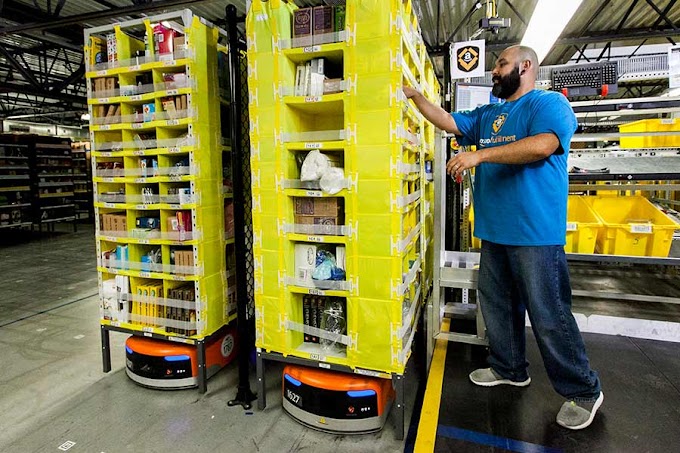Google is making it more accessible for sellers and brands to sell directly on its marketplace. Discover the details and benefits of the platform.
As the COVID-19 pandemic drives consumers to do most or all their shopping online, Google is now making it more accessible and cheaper for merchants to sell directly on the search engine’s Google Shopping platform.
To grow its share of the e-commerce market and better compete with Amazon, Google recently announced that it will waive its commission fees and offer additional benefits to sellers and brands that make selling directly on Google Shopping a seamless and cost-effective process.
What Is Google Shopping?
Google Shopping is accessible to consumers through the Shopping tab in Google search results, on Shopping.Google.com, and through the Google Shopping app.
Google’s shopping feature began in 2013 as Google Shopping Express, a service offering free, same-day delivery. For a $95 annual fee, members were promised faster delivery for groceries until it eventually evolved into an online mall featuring big retailers like Target and Best Buy. In 2017, it added Walmart, but that partnership did not last very long.
In 2019, Google Express rebranded to Buy with Google, which allowed shoppers to buy directly through the search engine without leaving its site, using credit cards stored in their Google accounts.
This past April, during the height of COVID-19 lockdowns, Google announced that it would allow merchants to list their products for free, without the requirement to buy product ads, which was previously its policy. These free product listings would also appear on Google’s search results for no added cost.
Google Shopping Eliminates Commission Fees
In late July, Google made another big announcement that it would be waiving its Google Shopping sales commissions, which have ranged from 5% to 15%, depending on the product. Eliminating commission fees is another step to entice more sellers to join Google’s e-commerce platform.
Bill Ready, Google’s president of commerce, said in a blog post, “By removing our commission fees, we’re lowering the cost of doing business and making it even easier for retailers of all sizes to sell directly on Google.”
Additional Incentives to Sell on Google Shopping
In addition to commission-free selling, other changes to the Google Shopping program for brands and sellers are outlined below:
READ:10 Amazon,Advertising Metrics You Should Know
Use your own third-party providers: Merchants can now choose their preferred service providers for payment processing and inventory and order management, including PayPal and Shopify. If the seller does not currently use these services, they can choose from these options when they sign up in Google’s Merchant Center.
Provide direct customer support: Google previously provided customer support for order and shipping issues. Now those queries will go to the merchant first, who will need to provide a customer support email address in Merchant Center.
Customer returns: Google can process product returns if sellers link their shipping carrier through Merchant Center directly or merchants can manage returns themselves.
Amazon product feeds: Sellers will have the ability to upload their product listing feeds from Amazon directly into Google’s Merchant Center, which is a huge convenience as merchants will not have to bother with re-uploading product detail or learning new listing formats and processes.
Support for small businesses: Google is also planning to add a new small business filter on the Google Shopping tab, and said it will continue to add new features to specifically help small businesses participate in e-commerce.
These new Google Shopping benefits will roll out immediately, beginning in the U.S., and with potential international launches later this year and next year.
Will Google Shopping Impact Consumer Shopping Behavior?
While these added features and enhancements are designed to entice more merchants to Google’s e-commerce platform, perhaps the biggest challenge for the company will be enticing more shoppers — the majority of which have long preferred Amazon over other e-commerce sites.
According to Fbainamazon 2019 Amazon Consumer Behavior Report, 66% of consumers begin their search for new products on Amazon, compared to 20% of those who begin on a search engine, like Google. In addition, 74% of consumers go to Amazon when they are ready to buy a specific product, compared with just 10% who go to a search engine, such as Google.
READ:Walmart Partners Same-Day,Online Grocery, Delivery
Google Shopping is making enhancements to attract more merchants and brands to sell directly on its platform, but it is not yet in the position to compete with Amazon when it comes to consumer shopping habits.
Adding more merchants and products is a start, but Google must also drive more customers to its marketplace through incentives designed to improve the overall shopping experience. In this regard, Google still has a long way to go, especially if competing with Amazon.





0 Comments